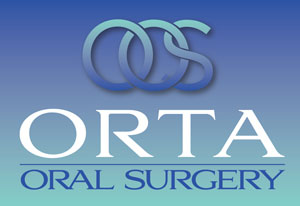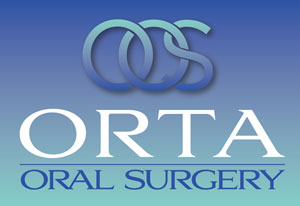What Is Bone Grafting And Why Do I Need It?
Should you be considering dental implants, you must have healthy gums and adequate bone to support the implant. Bone that is too thin or soft and unable to support a dental implant, may require a bone graft. Another possible issue could be not enough bone height in the upper jaw or the sinuses are too close to the jaw, this may require a sinus lift.
Successful dental implants require that the jawbone must have enough bone to support the implant. This is usually caused by missing teeth which can often lead to more loss of bone over time due to atrophy or reabsorption. It could also come from gum disease, injury or trauma, misalignment issues, bacterial infections, tumors, developmental deformities and sinus deficiencies. This thinning of the bone could make you an unfit candidate for dental implants. The good news is that bone grafting could be a solution for these patients.
You will be evaluated for your jawbone health prior to getting dental implants. The absence of bone under your gum could be due to the bone not being tall enough or wide enough and you will need a procedure to add bone to your jaw before implants can be placed. This is called grafting or bone augmentation. With today’s technology we are able to grow bone where it is needed to create an environment for successful dental implants.
What Is A Bone Graft Procedure And How Is It Performed?
A variety of procedures can be used to build bone structure to accept implants. These procedures typically involve grafting or adding bone or bone-like materials to your jawbone. The graft can be your own bone, processed bone obtained from a cadaver or even synthetic materials. After grafting, you have to wait several months for the grafted material to fuse with the existing bone to perform the dental implant. The grafted material causes surrounding bone to grow into the graft or may cause cells around the graft to change into bone.
Larger grafts usually use your own bone to enhance and/or repair your jawbone defects. An excellent choice for a bone graft is your own bone. This most likely will come from your chin or the back part of your lower jaw. Larger pieces of bone can be acquired from many areas of your own body depending on the size of bone needed. A procedure of this magnitude may require a hospital stay, general anesthesia and is performed in an operating room.
Depending on your situation, you may need other types of bone grafting procedures. Such as:
- Sinus Lift – to raise the sinus floor in the upper jaw by allow the formation of new bone to assist the placement of dental implants.
- Socket Preservation – The socket is filled with bone or bone substitute to encourage your body’s natural ability to repair the socket. This eliminating shrinkage and collapse of the surrounding gum and facial tissues. The new bone in the socket provides a foundation for a dental implant.
Find Out If You Need Bone Grafting
If you need a bone graft, you should discuss your options, their risks and the benefits with Dr. Orta before any procedures are done. The success rate for bone grafts for the purpose of placing dental implants is very high. Dr. Orta has the expertise and training in the planning, the surgery and final successful outcome of your bone graft procedure. During your consultation he will explain the benefits of bone grafting, the process of bone grafting, along with answering any questions about healing.






